How to Control Spin for Better Distance and Accuracy
Controlling spin is one of the most critical skills in golf. Whether you want to stop the ball quickly on the green, add distance to your drive, or hit a perfect fade or draw, spin control is essential. Understanding how to generate and control spin can dramatically improve your accuracy, distance, and overall performance.
Understanding Spin in Golf
Spin is the backspin or sidespin that a golf ball acquires at impact. It is a direct result of how the clubface meets the ball, the club’s loft, and your swing path. There are three main types of spin:
Backspin: Causes the ball to rise and stop quickly on the green. Essential for approach shots.
Sidespin (Fade or Draw): Determines the ball’s direction after impact. A fade (left to right for right-handed golfers) is a result of left-to-right spin, while a draw (right to left) is a result of right-to-left spin.
Topspin: Rare in golf but occurs with mishits where the club slides under the ball.
How Spin Affects Distance and Accuracy
Higher backspin can reduce distance but provides better control on landing.
Too much sidespin can cause hooks or slices, reducing accuracy.
Optimal spin allows for a higher, controlled trajectory with a soft landing.
Factors That Affect Spin
Controlling spin requires an understanding of the factors that influence it:
1. Club Selection
Higher lofted clubs (wedges, short irons) naturally produce more backspin.
Lower lofted clubs (drivers, fairway woods) produce less spin, prioritizing distance.
2. Swing Path and Angle of Attack
A steep angle of attack (hitting down on the ball) increases backspin.
A shallow angle of attack reduces spin, ideal for distance.
An inside-out path generates right-to-left spin (draw), while an outside-in path generates left-to-right spin (fade).
3. Ball Position and Setup
Placing the ball further back in your stance increases spin.
A forward ball position reduces spin and encourages a lower, more penetrating flight.
4. Impact Location on the Clubface
Clean, centered strikes on the clubface produce consistent spin.
Hitting below the center (thin) reduces spin, while hitting high (on the clubface) increases spin.
5. Ball Type
Premium golf balls (urethane-covered) offer better spin control on approach shots.
Distance-focused balls (two-piece) generate less spin for more carry.
Techniques to Control Spin
Controlling Backspin (Higher or Lower)
1. To Increase Backspin:
Use a higher lofted club (wedge, short iron).
Position the ball slightly back in your stance.
Focus on a steep, downward strike.
Make sure the clubface is clean (free of dirt or moisture).
2. To Reduce Backspin:
Use a lower lofted club.
Position the ball slightly forward in your stance.
Focus on a sweeping or slightly upward strike.
Use a less spin-sensitive ball.
Controlling Sidespin (Fade or Draw)
1. How to Hit a Fade (Left to Right):
Align your feet and shoulders slightly left of the target (open stance).
Use a slightly open clubface relative to your swing path.
Focus on an outside-in swing path.
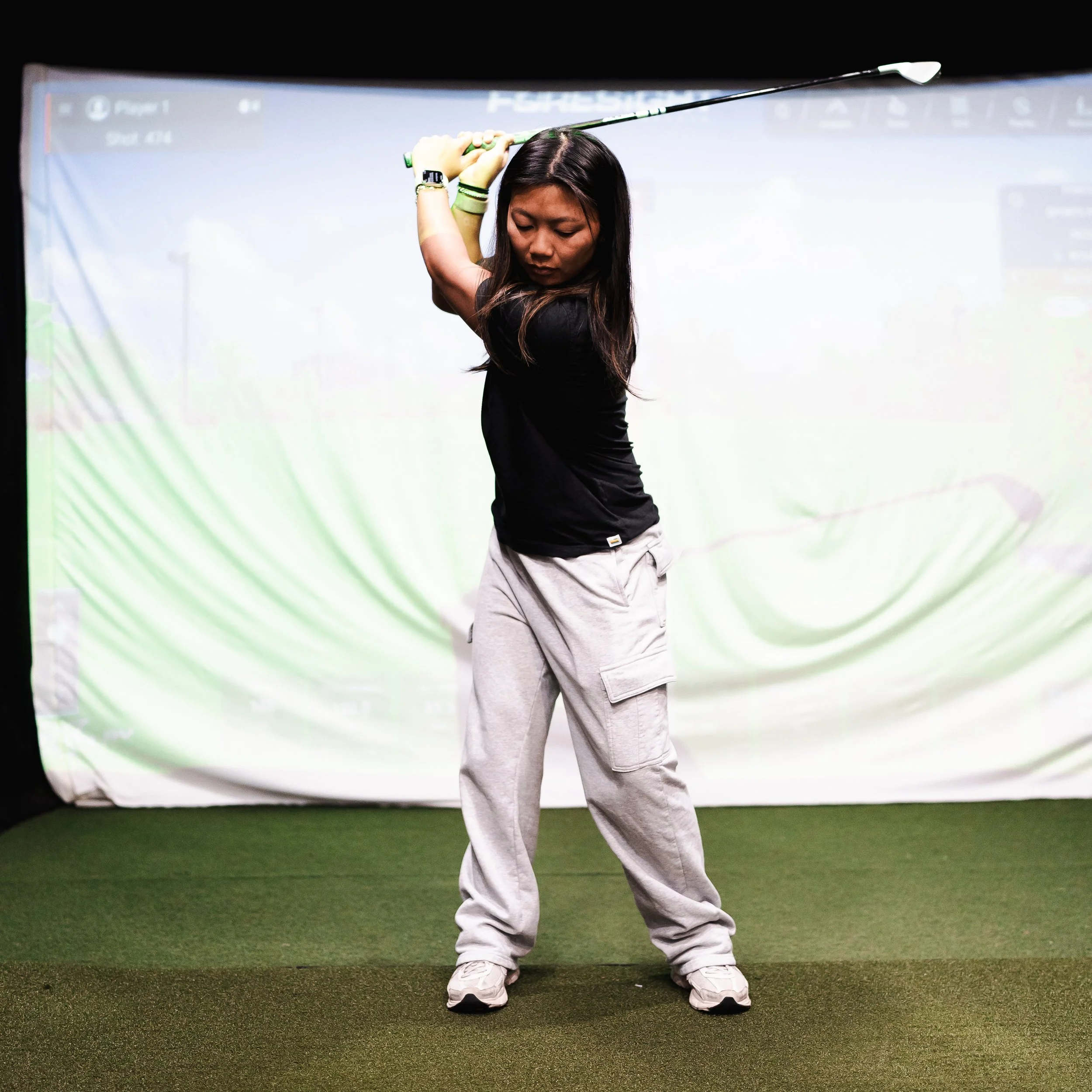
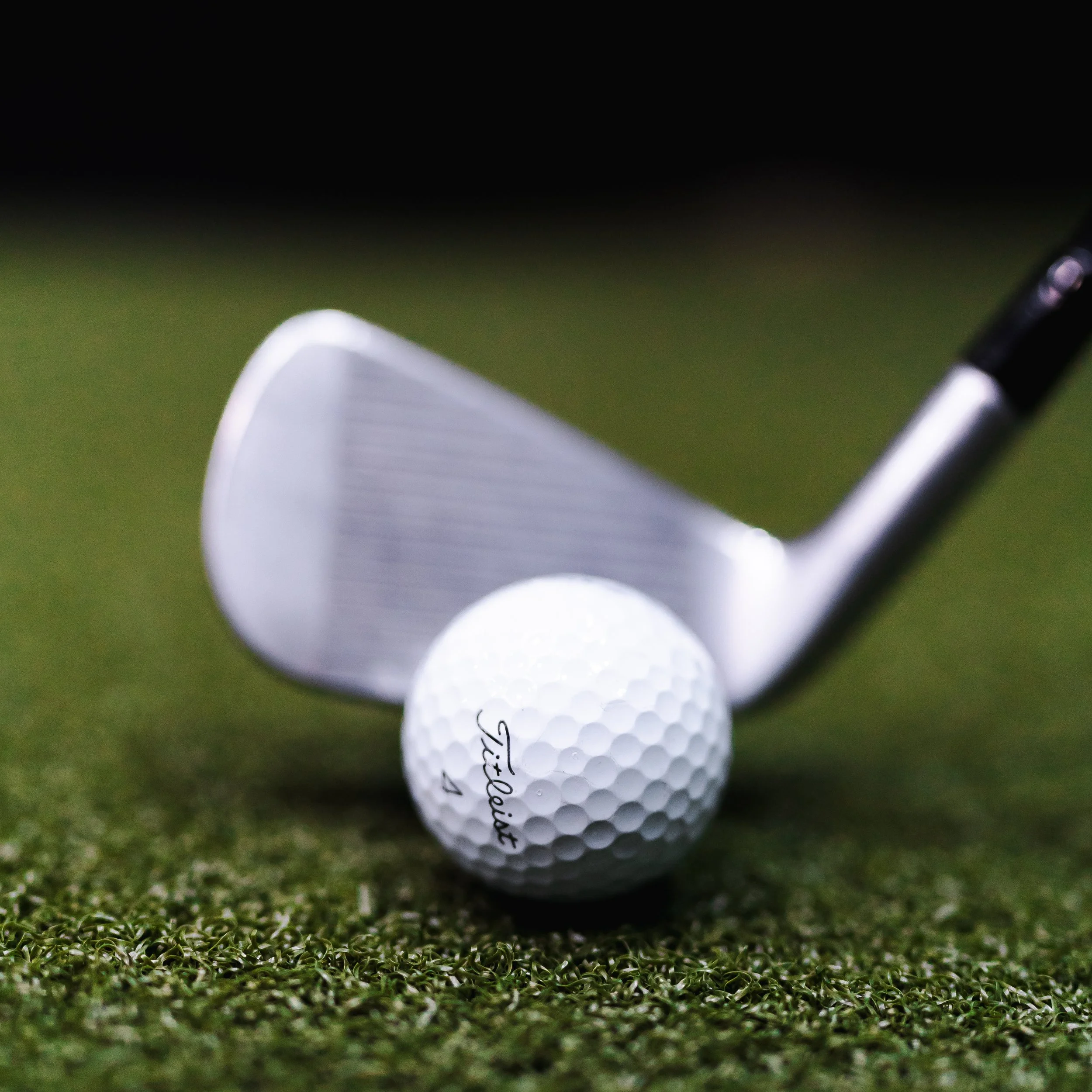
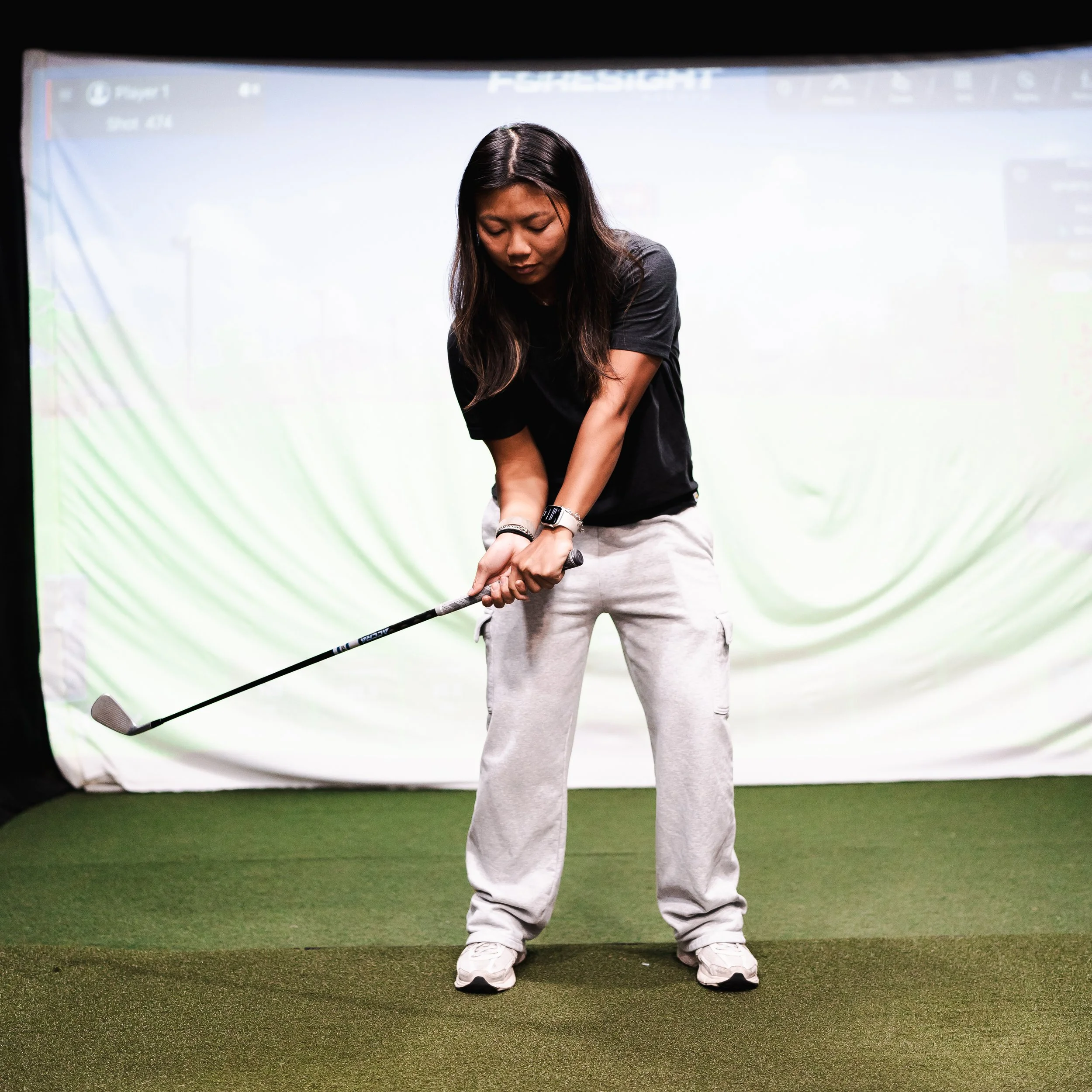
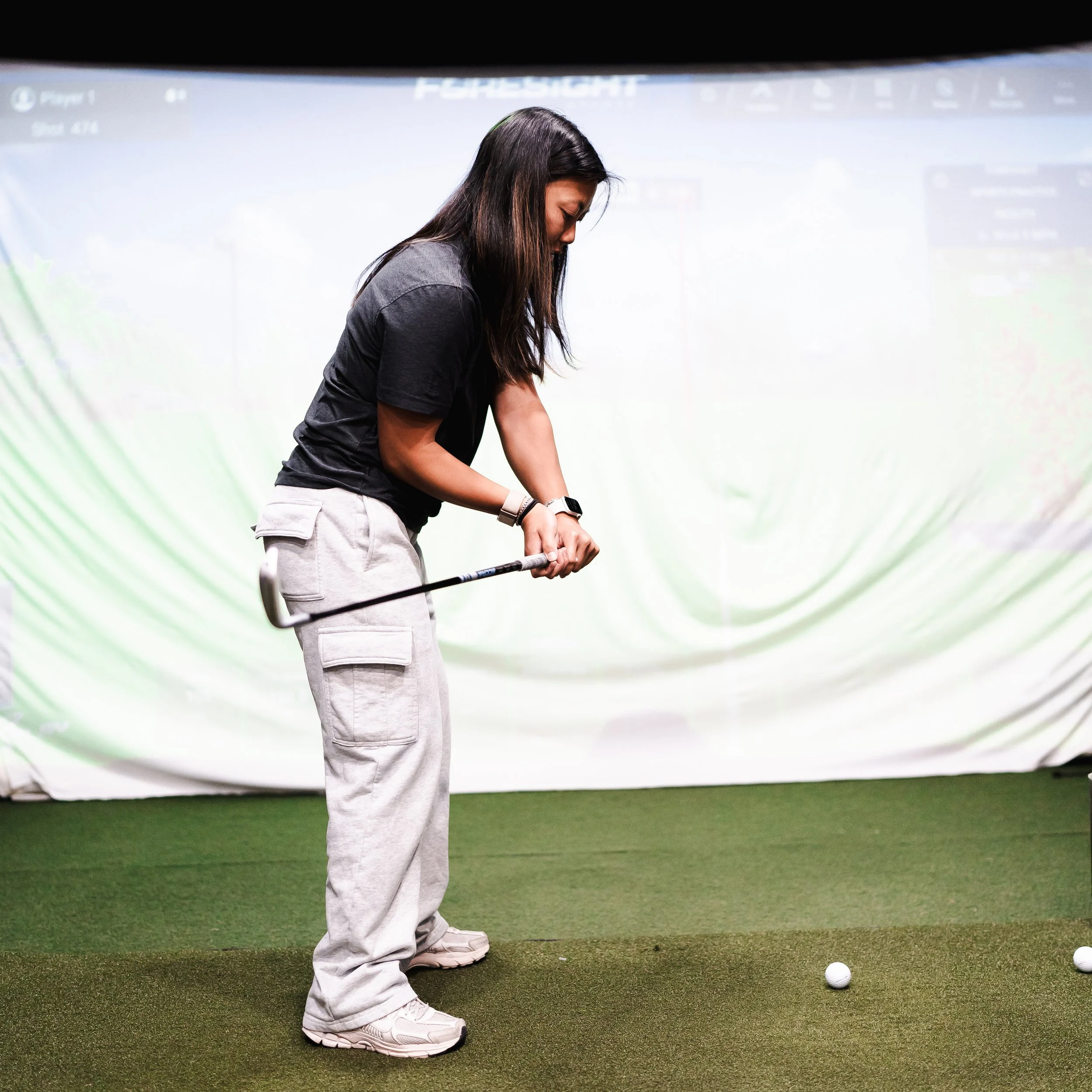
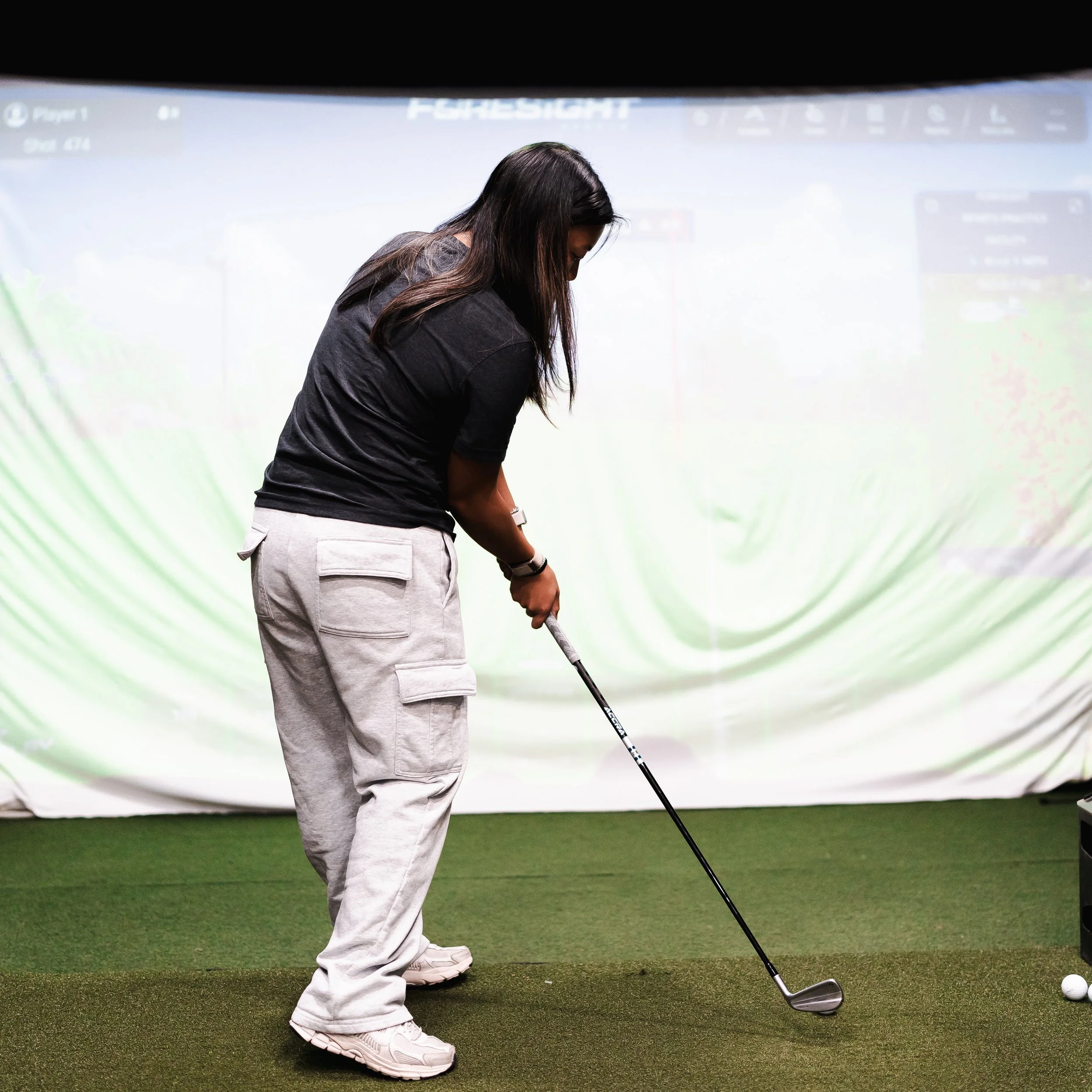
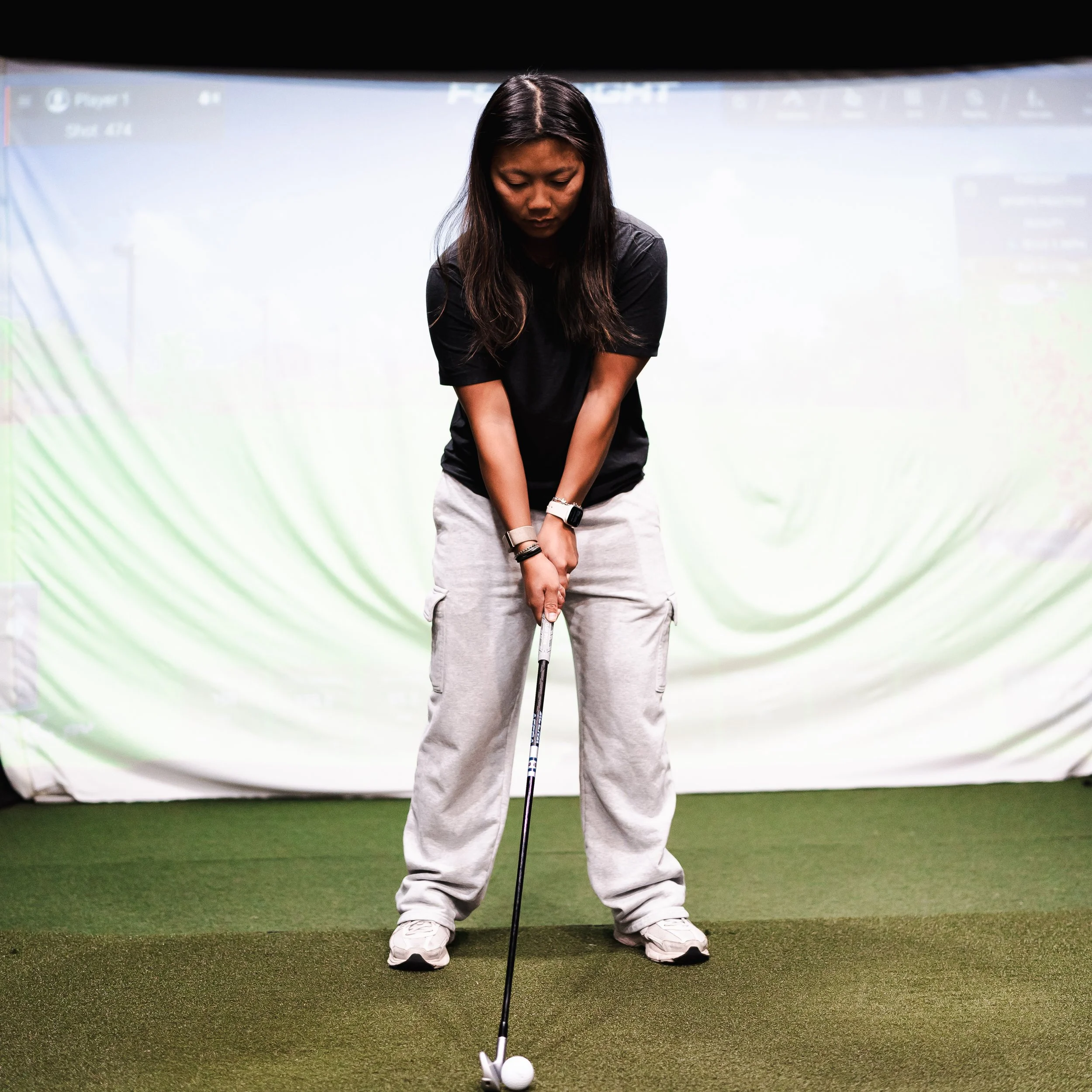
2. How to Hit a Draw (Right to Left):
Align your feet and shoulders slightly right of the target (closed stance).
Use a slightly closed clubface relative to your swing path.
Focus on an inside-out swing path.
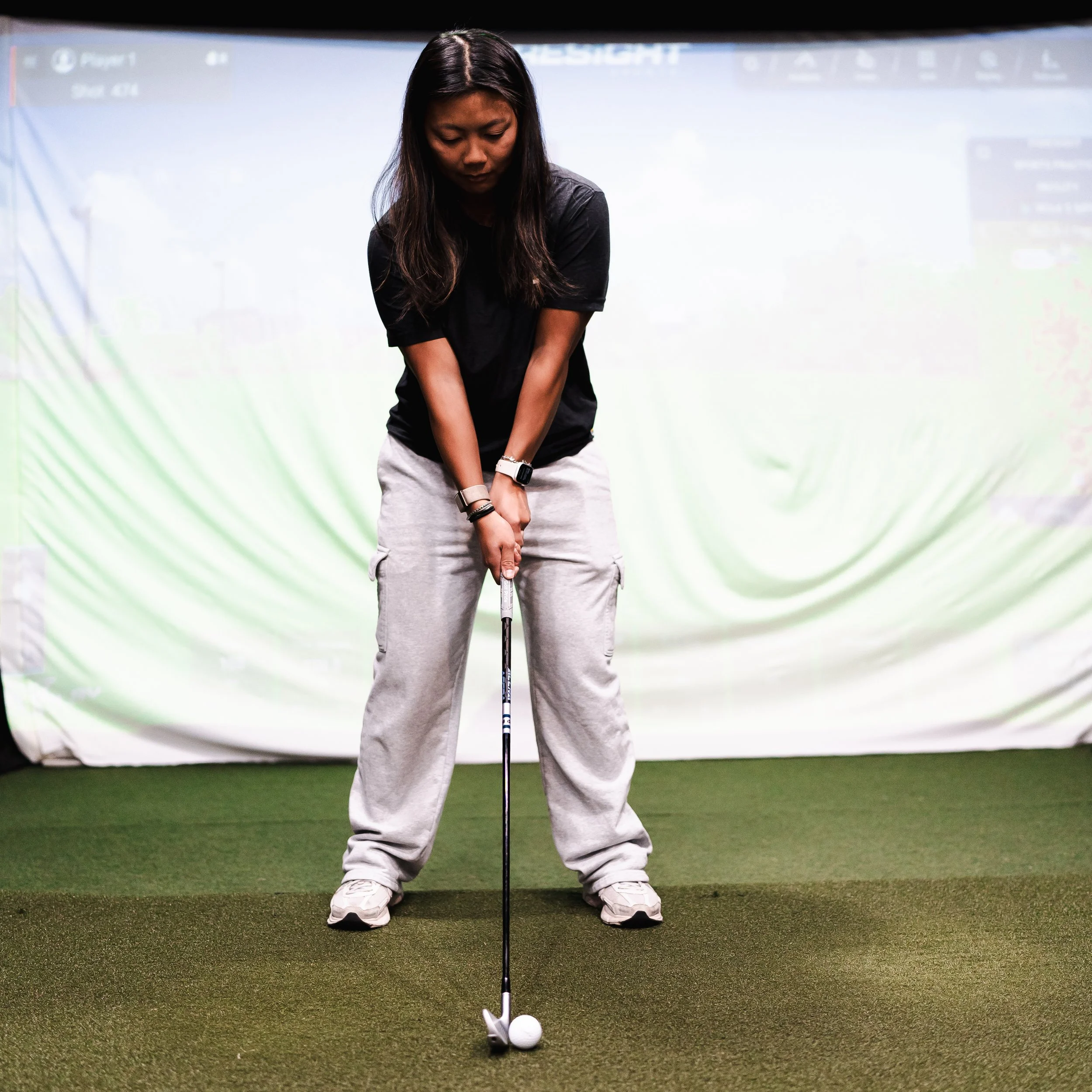
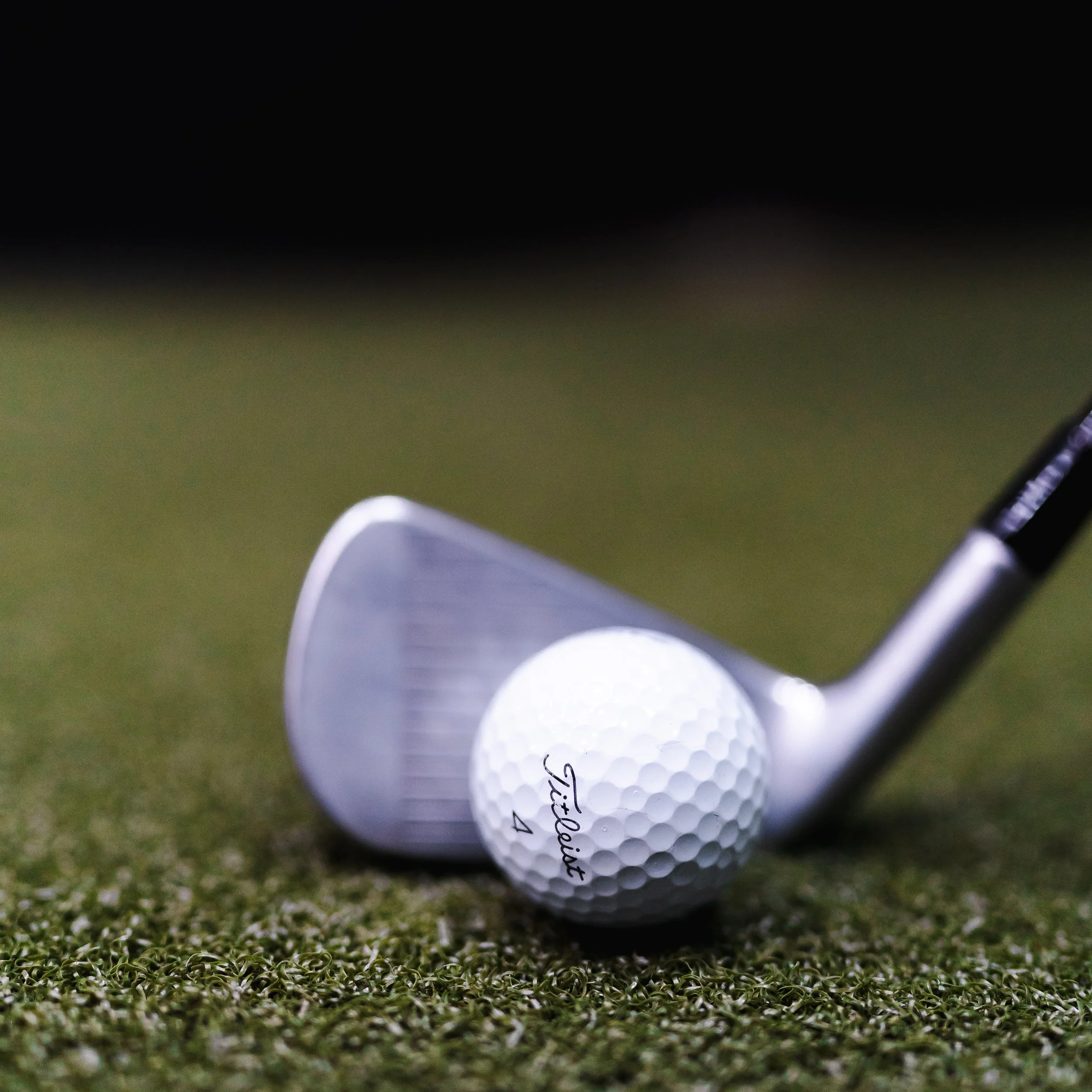
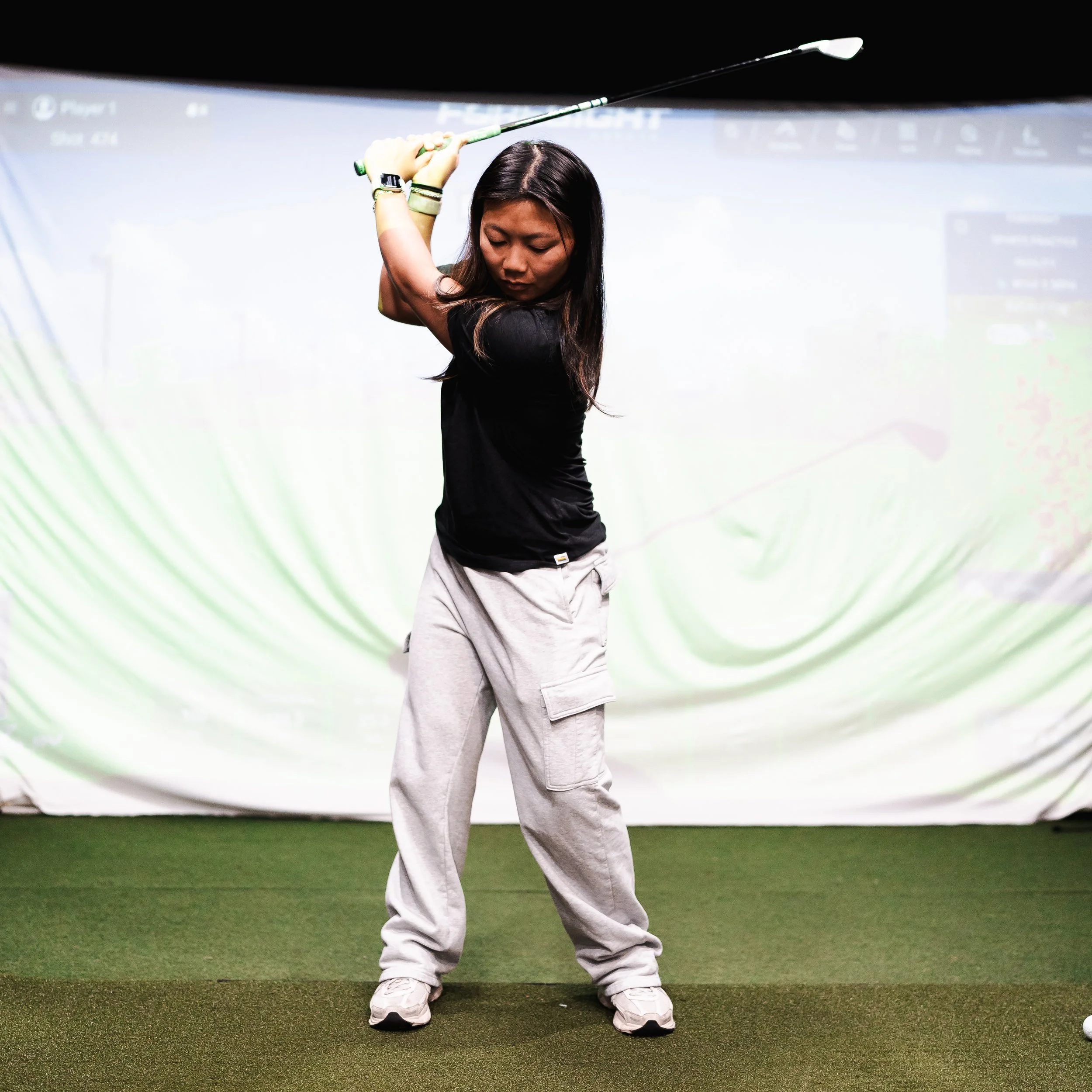
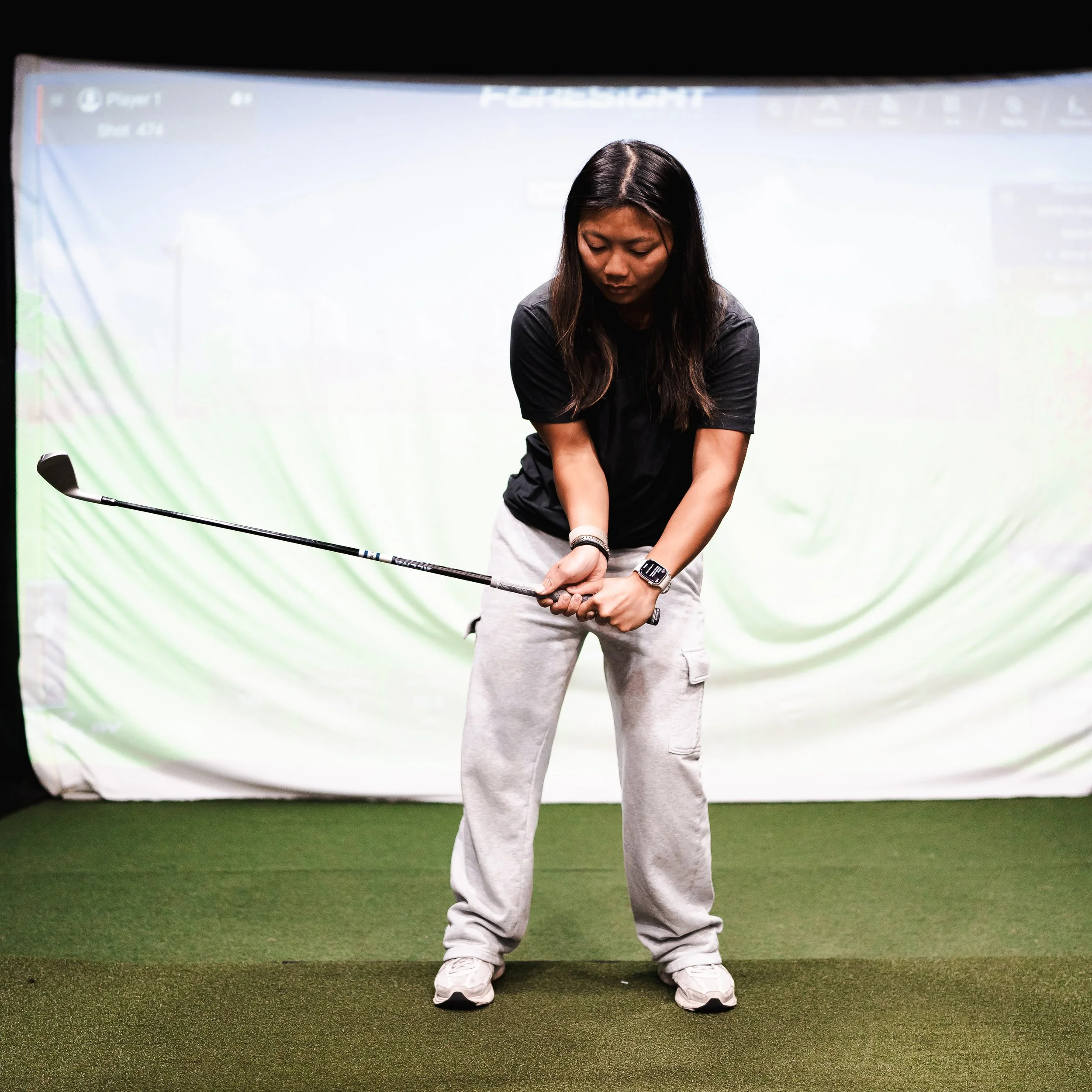
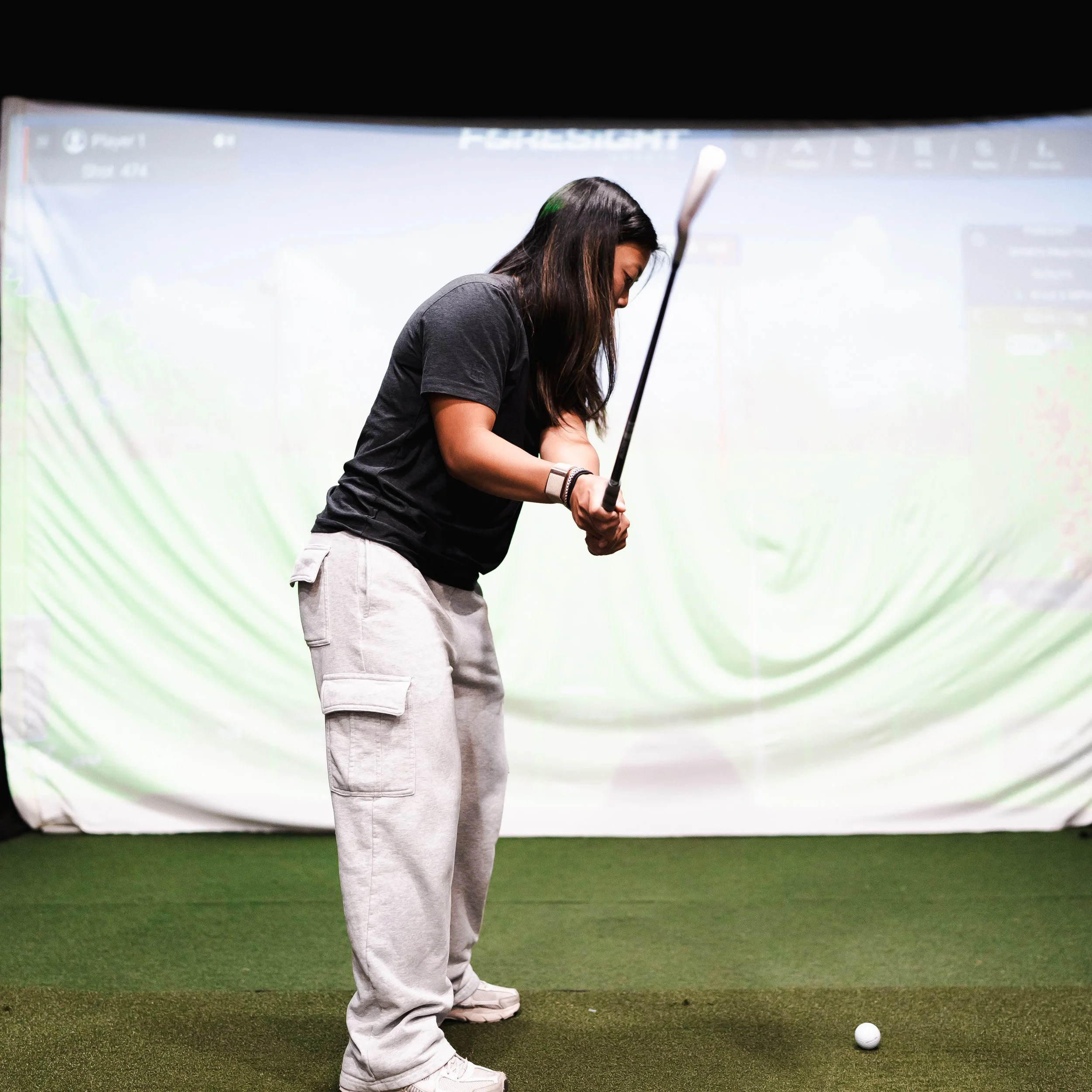
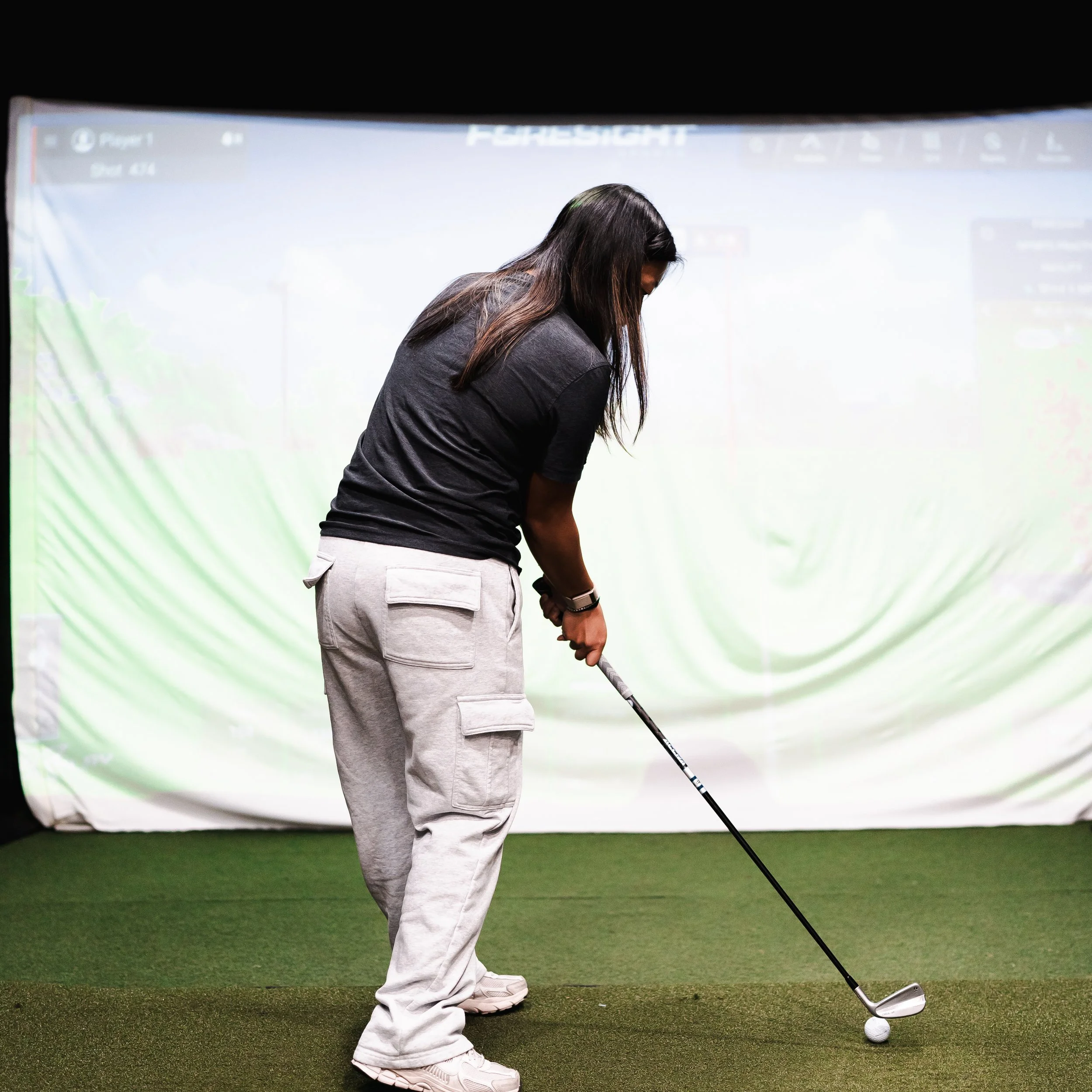
Advanced Spin Control Techniques
Mastering Low Spin Drives for Distance
If you want to maximize distance off the tee, reducing spin is key:
Use a driver with a lower loft (8-10 degrees).
Tee the ball slightly higher and strike slightly upward (positive angle of attack).
Choose a low-spin golf ball designed for distance.
Generating Maximum Spin for Approach Shots
For approach shots that need to stop quickly on the green:
Use a high-spin ball (urethane cover).
Make sure your grooves are clean and sharp.
Strike the ball first, then the turf (compressing the ball).
Use a slightly open stance for better control.
Using Spin for Shot Shaping (Advanced)
Spin can be used to shape your shots around obstacles or enhance accuracy:
For a controlled fade, aim left and use a slightly open clubface.
For a controlled draw, aim right and close the clubface slightly.
Practice different levels of spin by adjusting your swing speed and contact.
Common Mistakes When Trying to Control Spin
Over-Using Backspin: Trying to generate too much backspin can cause the ball to balloon and lose distance.
Incorrect Setup: Failing to align properly for fades or draws leads to erratic shots.
Neglecting Clean Contact: Dirt or moisture on the clubface reduces spin control.
Swinging Too Hard: Faster swings do not always produce more spin. Controlled, clean strikes are more effective.
Drills to Improve Spin Control
1. Clean Contact Drill
Place a towel one inch behind the ball.
Focus on striking the ball without touching the towel.
This ensures a downward strike for consistent backspin.
2. Fade and Draw Drill
Set two alignment sticks on the ground—one for target, one for swing path.
Practice swinging along the path for fades or draws without changing the target.
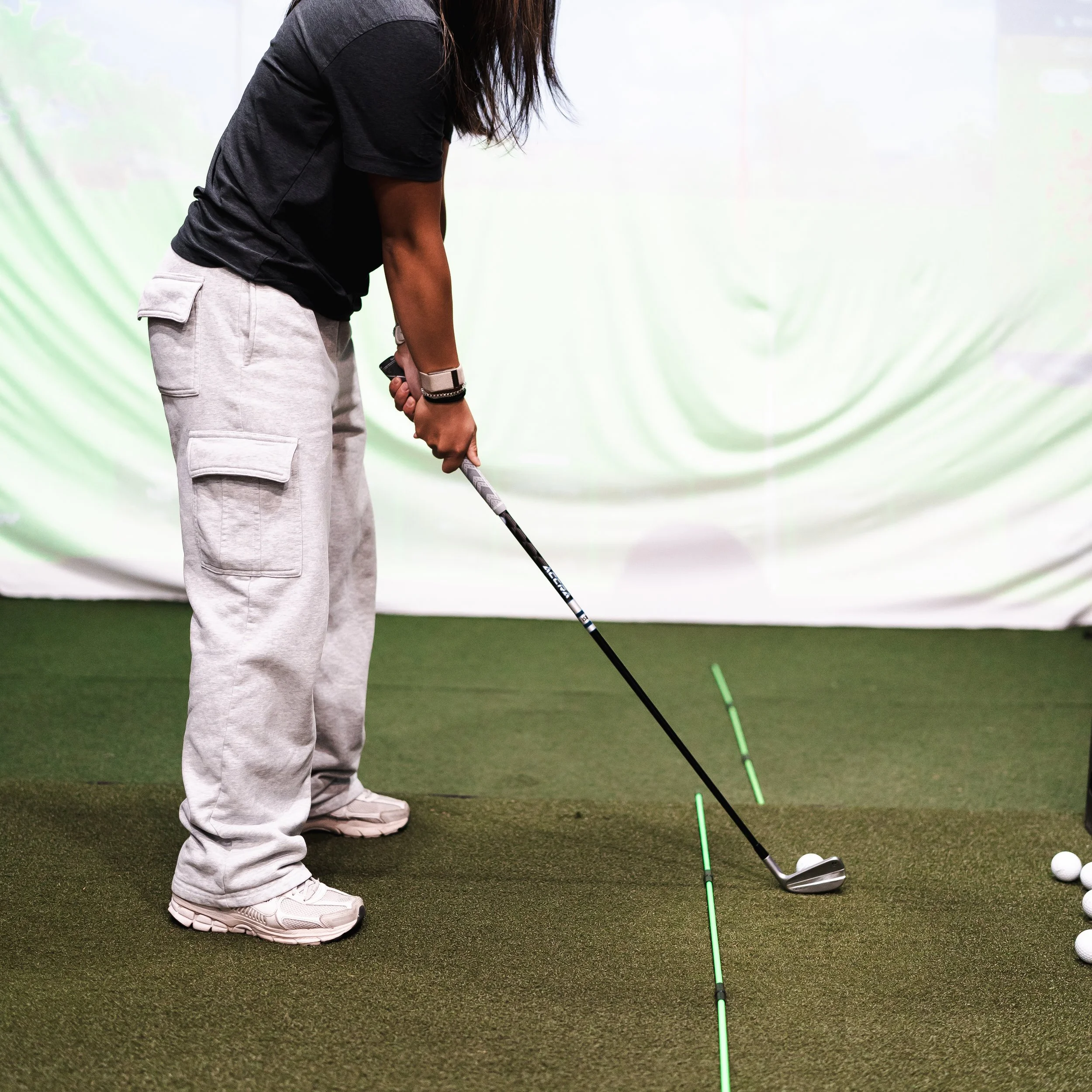
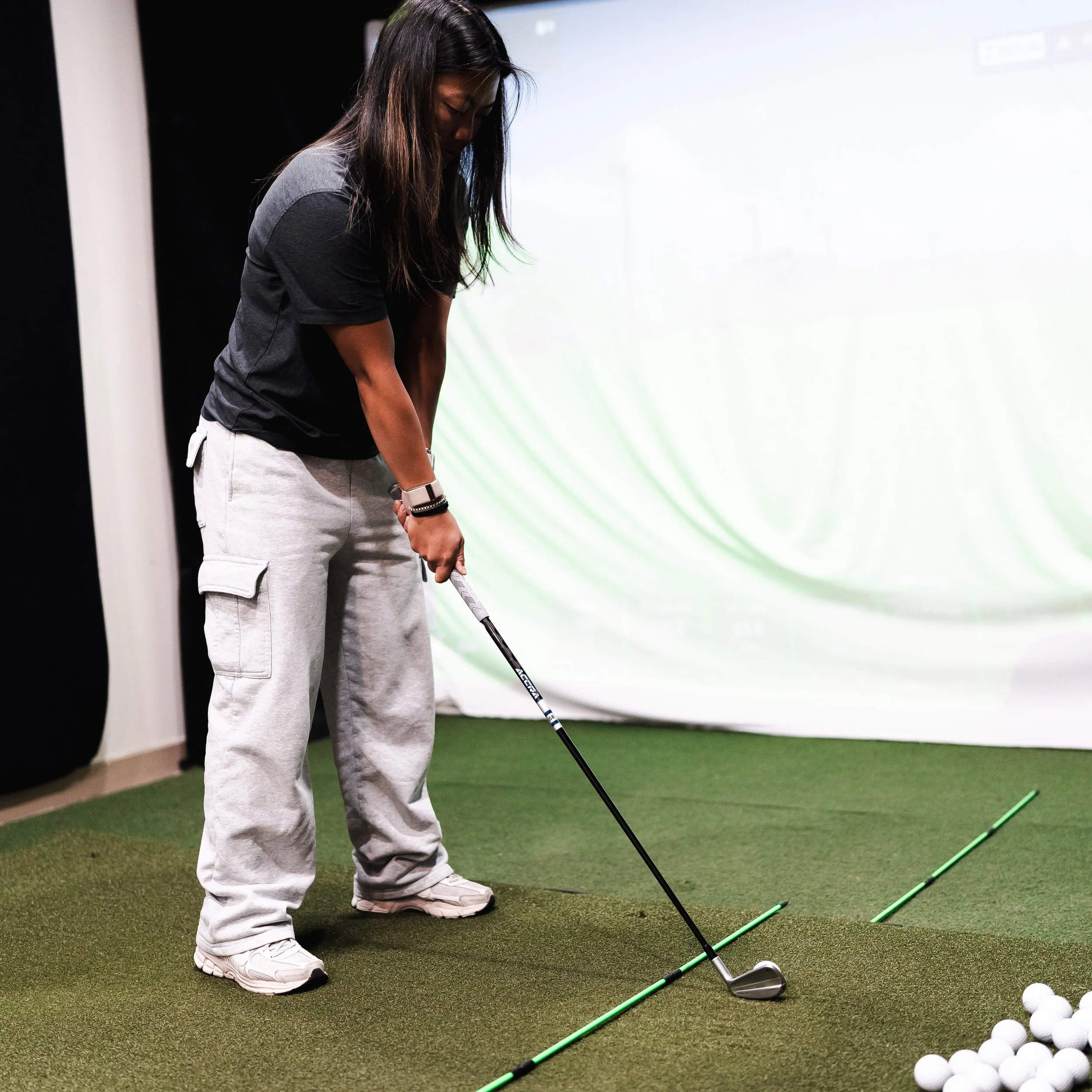
3. Spin Control Ladder Drill
Choose a target and hit shots with varying levels of backspin.
Practice landing shots short, medium, and long with different spins.
Advanced Tips for Spin Control
Practice on Different Grass Types: Spin reacts differently on firm vs. soft turf.
Understand Wind Conditions: Spin can be exaggerated in headwinds but reduced with tailwinds.
Use a Launch Monitor: Track your spin rate for immediate feedback.
Experiment with Ball Types: A high-spin ball for approach shots, and a low-spin ball for driving.
Clean Your Clubs Regularly: Dirt in the grooves reduces friction and spin.


